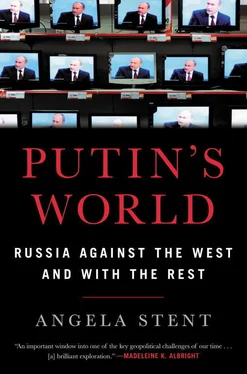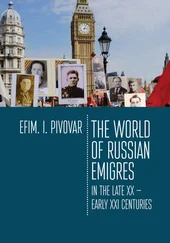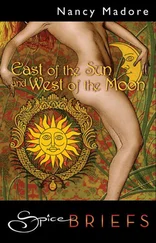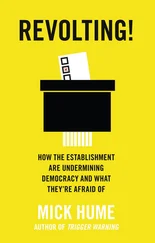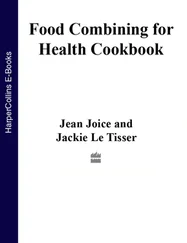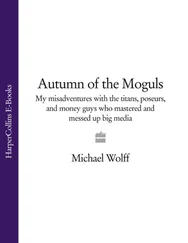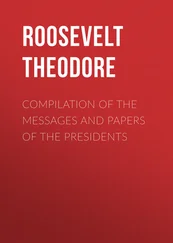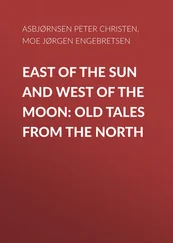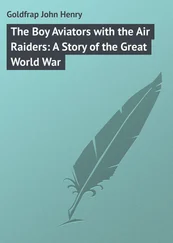Another possible analogy were the overseas British and French empires that began to wither away after World War Two. In this case, neither country was defeated in war, but the economic burden of empire and the drive of colonial subjects to be free—and their own loss of confidence and conviction in an imperial mission—gradually caused the two empires to disintegrate, beginning with India’s independence from Britain in 1947. Moreover, the United States, which emerged as the strongest country after 1945, actively promoted the idea of independence for former colonies. Nevertheless, it took decades for both Britain and France to accept their loss of imperial status.
Russia was a completely different case. The Soviet Union was not defeated in a war. It collapsed as a result of its own internal weakness and inability to confront the desire of its ethnic minorities for greater autonomy and independence. After a year of continuous tension between the Kremlin—under Mikhail Gorbachev, the last Soviet leader—and the fifteen Soviet republics, Russian republic leader Boris Yeltsin met with his Ukrainian and Belarusian counterparts in a hunting lodge in the Belavezha Forest outside Minsk on December 8, 1991. They signed what became known as the Belavezha Accords to create a loose association of post-Soviet states that rendered the Soviet Union defunct and Gorbachev redundant. The ambiguity surrounding what actually happened during this long night has provoked a variety of extravagant theories about how the USSR imploded. It has created a post-Soviet generation more inclined to believe that the USSR collapsed because of sinister outside pressures—in other words, a plot by the United States and what they call its “special services”—and that it was stabbed in the back. It might have been easier to “accept” the Soviet collapse had there been a military defeat. But the fundamental puzzle of 1991 remains: how could a nuclear superpower bestriding one-ninth of the world’s landmass simply disintegrate? Because there was no single event to point to, conspiracy theories abounded, making it easy to reject the idea that Russia should accept the loss of the “near abroad,” which is the term Russians use for the post-Soviet states, as opposed to foreign countries, the “far abroad.”
Of course, the USSR called itself a socialist state, not an empire. But it was in reality the Soviet version of centuries of Russian territorial expansion in all directions. The idea of permanently giving up lands Russia once controlled has been anathema to tsars, general secretaries, and post-Soviet presidents. Almost immediately after the USSR collapsed, some in the new Russian leadership—although not Boris Yeltsin himself—began thinking about how to regain their lost territories. There is no precedent in Russian history for accepting the loss of territory, only for the expansion of it. What is it that propels this Russian drive for expansion?
One person who understood Russia’s dilemma was Catherine the Great, the German princess who became Russia’s eighteenth-century imperial ruler. She was the one who conquered the territories that today are the scene of the Ukraine-Russia standoff in Eastern Ukraine. At fifteen, the young Lutheran German princess traveled to Russia and married her cousin Tsar Peter III, whom, by all accounts, she disliked greatly. Rumor had it that the marriage was never consummated. But Catherine soon developed great political acumen, understanding how to navigate the labyrinths of court intrigues. Peter was assassinated, and Catherine then ascended to the throne. By this time, she had converted to Russian Orthodoxy, and despite her fondness for French Enlightenment philosophers, she adopted the traditional view of tsars and tsarinas who ruled their subjects with an iron hand. She was also a shrewd foreign policy player, and her armies successfully fought the Ottoman and Persian empires, wresting large swaths of territory in the southeast, taking over today’s Crimean Peninsula and an area now referred to as New Russia, or Novorossiya. She came to believe there was only one way for Russia to defend its fluid borders. “That which stops growing begins to rot,” she once said, adding, “I have to expand my borders in order to keep my country secure.”
Since the fifteenth century, when Russia finally threw off the three-century Mongol yoke, it has constantly alternated between territorial expansion and retreat. 5With no natural borders and vulnerable to invasion from the south, east, and west, Russia could only be safe if it conquered its neighboring territories. Security for Russia meant defensive expansion. Periodically, Russia would shrink—the result of foreign invasions or domestic upheavals—but it would always recover and “gather in the lands” around it once again. Putin does not see himself as the twenty-first-century “gatherer” of Russian lands after Gorbachev “lost” large swaths of what had been the tsarist and Soviet empires. Nevertheless, he would like to restore Russian influence over these territories. How does he understand Russian history and Russia’s relations with its near and far abroad? What are the narratives and founding myths that have molded Russians’ understanding of their place in the world?
One of the conundrums that perpetually confront anyone who studies Russia is the temptation to attribute anything the Kremlin does to the overwhelming weight of the past. In this view, continuity is the most important factor explaining why the Kremlin acts the way it does. The seven decades of Soviet communism were just one interlude in a thousand years of repressive autocracy, secretive government, a lack of individual and property rights, and expansionist foreign policy. The Gorbachev and Yeltsin years represented a brief period of reformist respite before Russia once again returned to authoritarianism under Putin. The more things change, the more they remain the same, and it is an illusion to believe that Russia will markedly change in the twenty-first century. As a result of this view, other countries have no choice but to radically readjust how they deal with Russia and change their expectations about what is possible.
Certainly, Vladimir Putin constantly invokes Russia’s unique history to justify his worldview. Although he has criticized American exceptionalism, he frequently praises what amounts to Russian exceptionalism. 6How does Russia see its own history? One old Soviet adage is that the past is hard to predict. In Soviet times—and again under Vladimir Putin—facts about what happened and the interpretation of those facts have changed, depending on the regime’s current political agenda. Controversies over how to commemorate the seventieth anniversary of the end of World War Two in 2015 graphically illustrated this. In Soviet times, the 1939 Nazi-Soviet Pact—whose secret protocols carved up Poland between the USSR and Germany, enabling the Soviets to occupy the Baltic states and what is currently Moldova, and kept the USSR out of the war for two years—was justified as a response to Western rejection of Moscow’s feelers for an anti-Nazi military alliance. 7The existence of the secret protocols was vigorously denied. Under Gorbachev, the Kremlin admitted that the protocols of the Hitler-Stalin pact existed and criticized Stalin for signing the agreement. In 2015, Putin once again defended the Nazi-Soviet Pact and prevaricated about the existence of the protocols. 8
Indeed, in the quarter century since the Soviet collapse, the view of Joseph Stalin has undergone several revisions. During the Soviet dictator’s twenty-five-year rule, the NKVD had at least sixteen million Soviet citizens killed during the purges of the 1930s and 1940s, by some estimates. 9Others claim a total of twenty million deaths as a result of collectivization, famine, and the purges. 10Stalin led the country to victory in World War Two, in which at least twenty-seven million citizens perished, and industrialized the country from above at a catastrophic human cost.
Читать дальше
